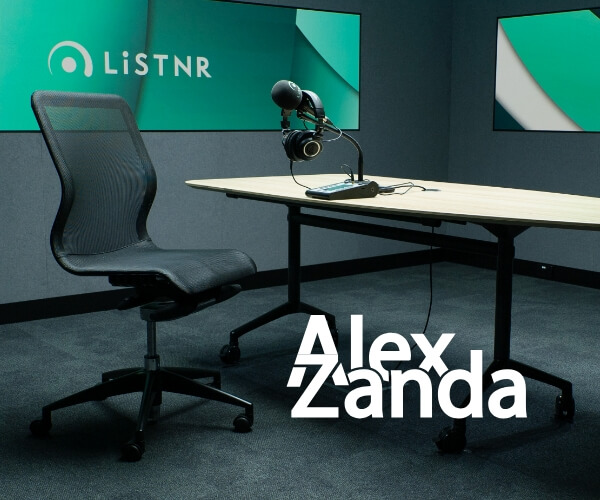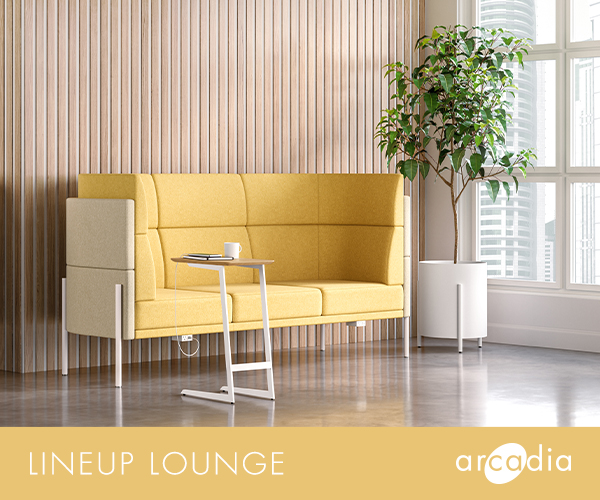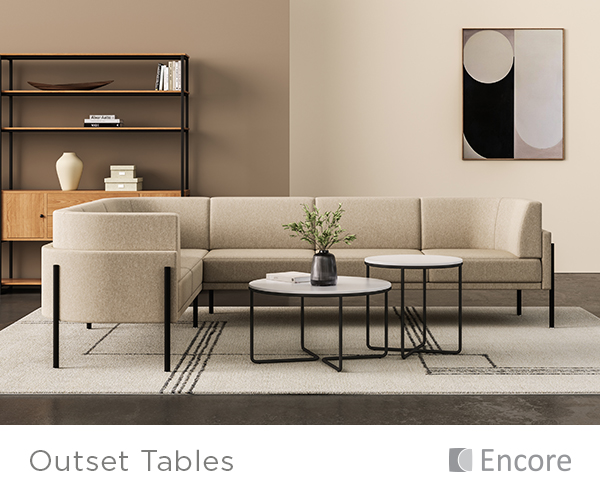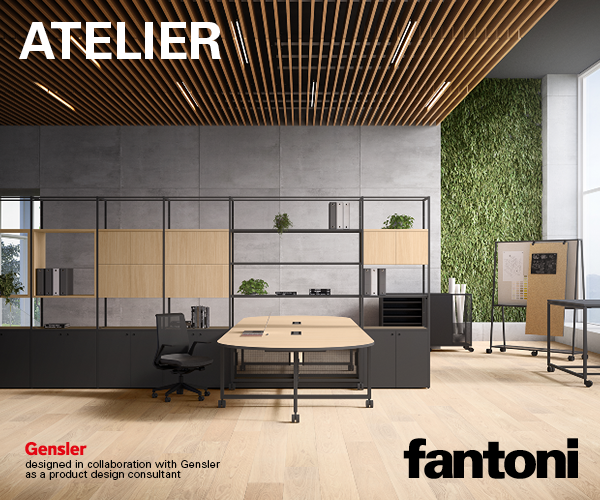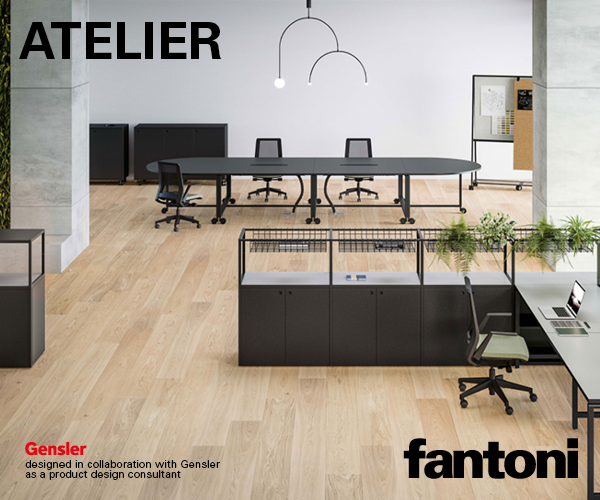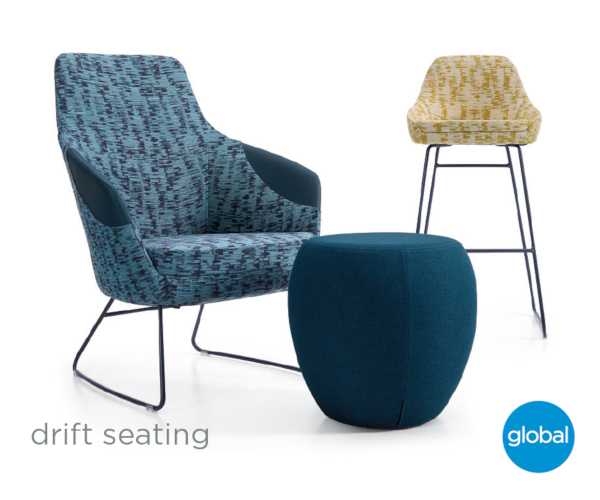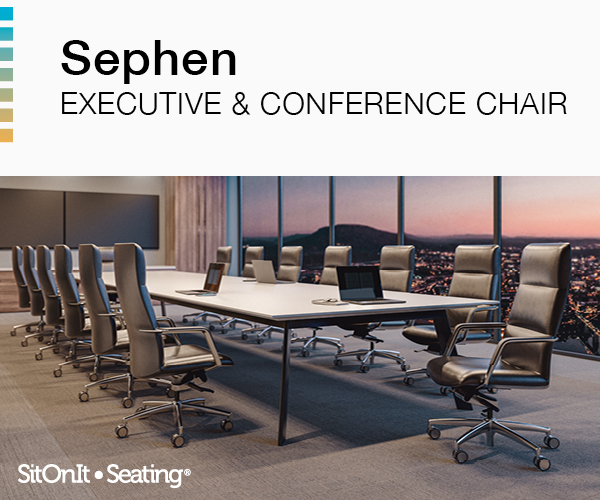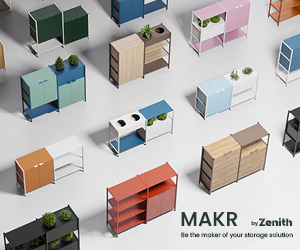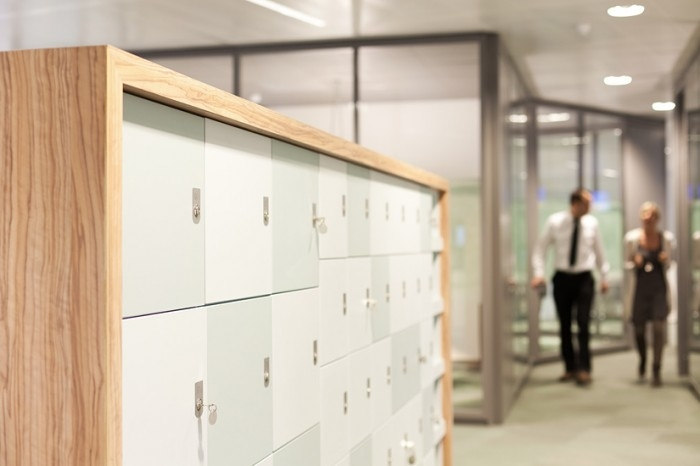
Lockers Will Be Required for the Future of Collaborative Workspaces
Recently a colleague asked me why suddenly office planners are adopting lockers in the workplace, something historically confined to schools or sports facilities. Again the issue here is about personal space under attack, all be it for all the right reasons this time.
The way we work, interact and collaborate is changing and the main focus of this change is the assigned workstation within the traditional office. Firstly, the personal office was identified not only as being a huge draw on space and a massive drain on budgets, it was also deemed unnecessary and counter-productive for the majority of executives who inhabited these gilded status symbol spaces.
Now after everybody was moved to an open environment to aid communication and save on construction costs, attention has been turned to the personal ownership of a desk. When an analysis of a workspace is undertaken it is extremely common to find that only a proportion of the workstations are occupied at any one time. While not wanting to bore you with the stats, it’s a sufficient number to get the bean counters wondering, ‘why are we paying rent on a space so everyone can have a place for their cheesy grinned family photo and a freebie fluffy gonk picked up at the latest trade show?’
What has this got to do with lockers? Well as soon as you shave away at personal space and remove the safe haven of an assigned desk it’s even more critical to give over a space for staff to keep their things both work and fluffy gonk related. People are hoarders and unless pressed, won’t throw things away. I remember one extreme example of this on a project where we found in one individual’s desk a large collection of catalogues that were over twenty five years old. For what purpose could they possibly have been other than as an impromptu desk levelling device? Ultimately people will fill whatever space they are allocated so it is important when calculating how much space is required to understand what is a) critical to their business function and b) what a packed lunch, cycle-to-work, proud family person needs to be happy.
I don’t have anything against these individuals at all, it’s just that they have the largest requirement to store Tupperware, smelly clothing and odds and sods. While it was ok to store these items on a desk or in a pedestal, they now no longer have this luxury… hence lockers.
Positioning a discrete bank of lockers close to the main point of entry for staff negates the need for stowage on the new and improved multifunctional flexible work floor and gives safe and secure individual storage. I would however suggest for good health, that food be placed in a fridge and smelly sports gear find a home within the shower facility.
To unlock the potential of the new collaborative workspace, lockers will most definitely be required. Once staff understand that their position isn’t under threat just because they haven’t got their own desk, they will become more comfortable with the concept of flexible working. Every individual feels more at ease with the idea of a secure base, be it an office or an assigned desk, but with space becoming ever more tight it is the humble locker that will become the desired if somewhat shaven haven.
